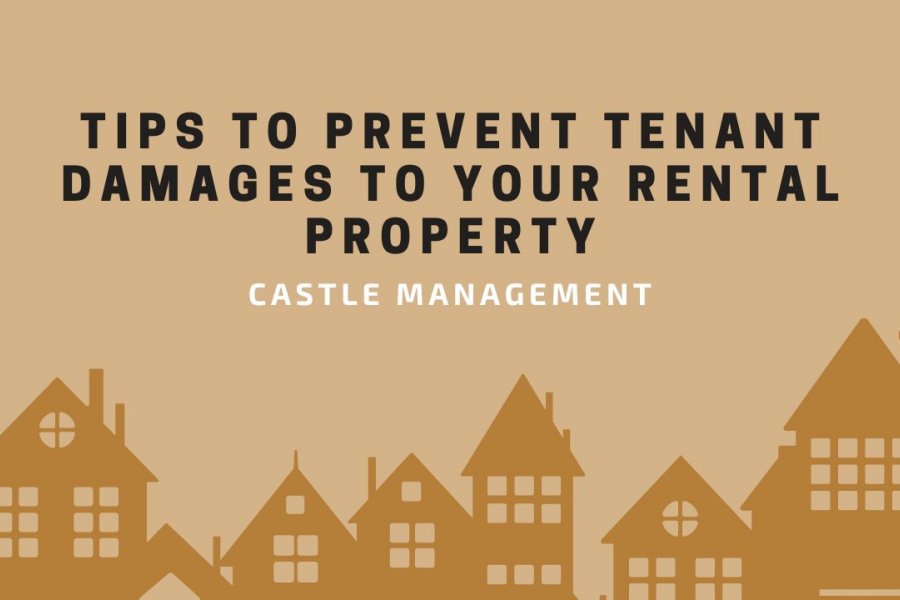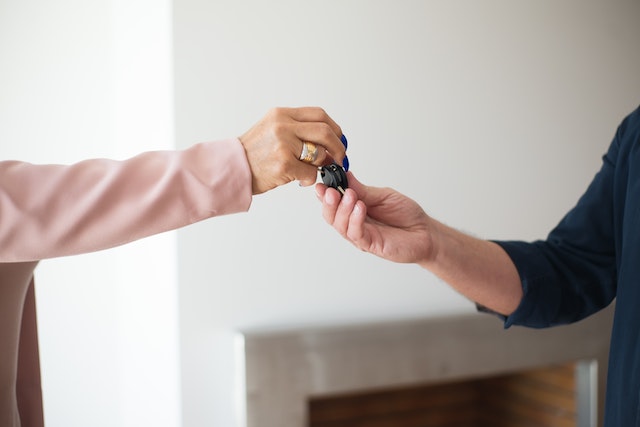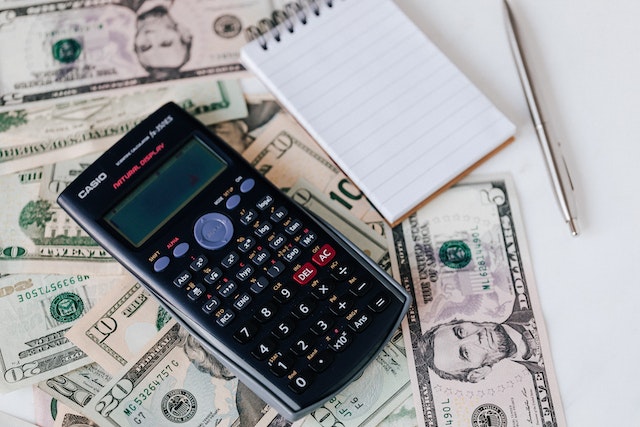
Owning and managing multi-family rental properties offers lucrative opportunities but requires proactivity and diligence. With proactive management, landlords can minimize liabilities and ensure long-term profitability.
This guide provides practical tips to mitigate risks and protect your investment property by addressing common causes of tenant-caused damages. Strategies include thorough tenant screening, clear lease agreements, routine inspections, and educating tenants on their responsibilities. Keep reading to learn all about it.
Distinguishing Normal Wear and Tear from Tenant-Induced Damage
Before diving into prevention strategies, it's essential to understand the difference between normal wear and tear and tenant-inflicted damage. Normal wear and tear refers to the gradual deterioration of property due to everyday use, while tenant-induced damage results from neglect, misuse, or intentional harm.
Common Causes of Tenant-Inflicted Damage
Neglect or inattention from tenants can manifest in various forms, ranging from ignoring minor repairs to neglecting regular upkeep tasks like cleaning gutters or changing air filters. Such oversights can escalate into larger issues over time, potentially causing avoidable damages that could have been prevented with timely intervention.
Limited knowledge of maintenance practices among tenants can also pose challenges for landlords. As a result, they may inadvertently cause harm to the property by mishandling equipment or neglecting necessary maintenance tasks, leading to avoidable wear and tear or even equipment malfunctions.

Damage, whether caused unintentionally or on purpose, presents significant concerns for landlords. While accidents can happen, deliberate acts of vandalism or negligence can result in substantial repair costs and operational disruptions. Landlords must address such incidents promptly and take appropriate measures to hold tenants accountable for the damages.
Unauthorized alterations or pet ownership can pose risks to the structural integrity and cleanliness of rental properties. Tenants making alterations without permission can potentially compromise safety or violate local building codes. Similarly, unauthorized pets can cause damage to flooring, walls, and furnishings, as well as create hygiene issues if not properly cared for.
Substandard housekeeping practices among tenants can gradually deteriorate the condition of rental properties over time. Failure to maintain cleanliness and hygiene standards can contribute to the accumulation of dirt, mold, and pests, leading to property damage and health hazards.
Landlords should emphasize the importance of proper housekeeping to tenants and provide guidance on maintaining a clean and healthy living environment.
11 Strategies to Mitigate Tenant-Related Damages
1. Have a Thorough Tenant Screening Process
You should conduct comprehensive background checks on prospective tenants to ensure they have a history of responsible behavior. This includes verifying employment and income, checking rental history for any past issues, and running credit checks to assess financial stability.

By thoroughly screening tenants, you can minimize the risk of leasing to individuals who may have a history of causing damage to rental units or violating lease agreements.
2. Create Transparent Lease Agreements
Clear and transparent lease agreements are essential for outlining property rules, maintenance responsibilities, and consequences for damage. You should explicitly detail expectations regarding property care, pet policies, smoking regulations, and any other pertinent guidelines.
By establishing clear boundaries from the outset, you can mitigate misunderstandings and hold tenants accountable for their actions.
3. Enforce Guidelines Regarding Modifications and Decorations
You should specify rules regarding alterations and decorations in lease agreements to prevent unauthorized changes that may damage the property.
By clearly outlining what modifications are allowed and providing guidelines for proper installation and removal, you can protect the structural integrity of their properties while allowing tenants to personalize their living spaces within reasonable limits.
4. Educate Tenants on Maintenance and Repairs
Providing tenants with resources and guidance on property upkeep can help prevent avoidable damages. You can offer educational materials, such as maintenance manuals or online resources, to educate tenants on basic maintenance tasks and proper care of appliances and fixtures.
By empowering tenants with knowledge, you can promote proactive property maintenance and reduce the likelihood of preventable damages.

5. Provide Guidance on Emergency Procedures
Educating tenants on emergency protocols is crucial for minimizing property damage during unforeseen events. You should provide tenants with clear instructions on how to respond to emergencies such as fires, floods, or gas leaks.
Additionally, you should ensure that tenants have access to emergency contact information for relevant authorities and utility providers.
6. Cultivate Positive Landlord-Tenant Relationships
Foster open communication and mutual respect to encourage tenants to report issues promptly and adhere to property guidelines. By establishing a positive relationship with tenants, you can create a supportive environment where tenants feel comfortable addressing concerns and cooperating with property management to maintain the premises.
7. Conduct Routine Property Inspections
Routine property inspections allow you to detect potential issues in their early stages and resolve them before they develop into significant problems. You should conduct thorough property assessments at regular intervals to assess the condition of the premises, identify any maintenance needs, and ensure compliance with lease agreements.
By staying proactive, you can prevent minor issues from developing into costly repairs or disputes with tenants.
8. Utilize Security Deposits when Applicable
Security deposits serve as financial protection against damages caused by tenants. You should communicate the conditions for deposit return, including deductions for damages beyond normal wear and tear.
By requiring a security deposit, you can incentivize tenants to take better care of the property and provide compensation for any damages incurred during the tenancy.

9. Implement High-Quality Repairs and Improvements
Investing in durable materials and professional repairs is essential for maintaining property integrity and minimizing future damages. You should prioritize quality when making repairs or enhancements to rental properties, ensuring that work is done to industry standards and using materials that can withstand wear and tear.
By investing in high-quality repairs, renovations and upgrades, you can prolong the lifespan of your property and reduce the need for frequent maintenance.
10. Keep Comprehensive Documentation
Keeping detailed records of property inspections, maintenance requests, and communication with tenants is crucial for accountability and legal protection. You should maintain organized records documenting all interactions and transactions related to the rental property.
In the event of disputes or legal proceedings, thorough documentation can serve as evidence to support your claims and protect your interests.
11. Get Appropriate Insurance Coverage
Obtaining landlord’s insurance that covers property damage and liability risks is essential for protecting your investment. You should assess your insurance needs carefully and get coverage that provides adequate protection against potential losses.
By securing comprehensive insurance coverage, you can mitigate financial risks associated with property damages, lawsuits, or unforeseen events.
In Conclusion
Preventing tenant damages is crucial for preserving the value and profitability of multi-family rental properties. By implementing the aforementioned strategies, landlords can reduce the likelihood of costly repairs and disputes, ensuring a positive rental experience for both parties involved.
Castle Management offers comprehensive property management services tailored to your specific needs. From rigorous tenant screening and lease agreement management to routine property inspections and maintenance coordination, we implement proactive strategies to prevent tenant damages. With our expertise and dedication to property preservation, landlords can trust Castle Management to safeguard their investments effectively.
